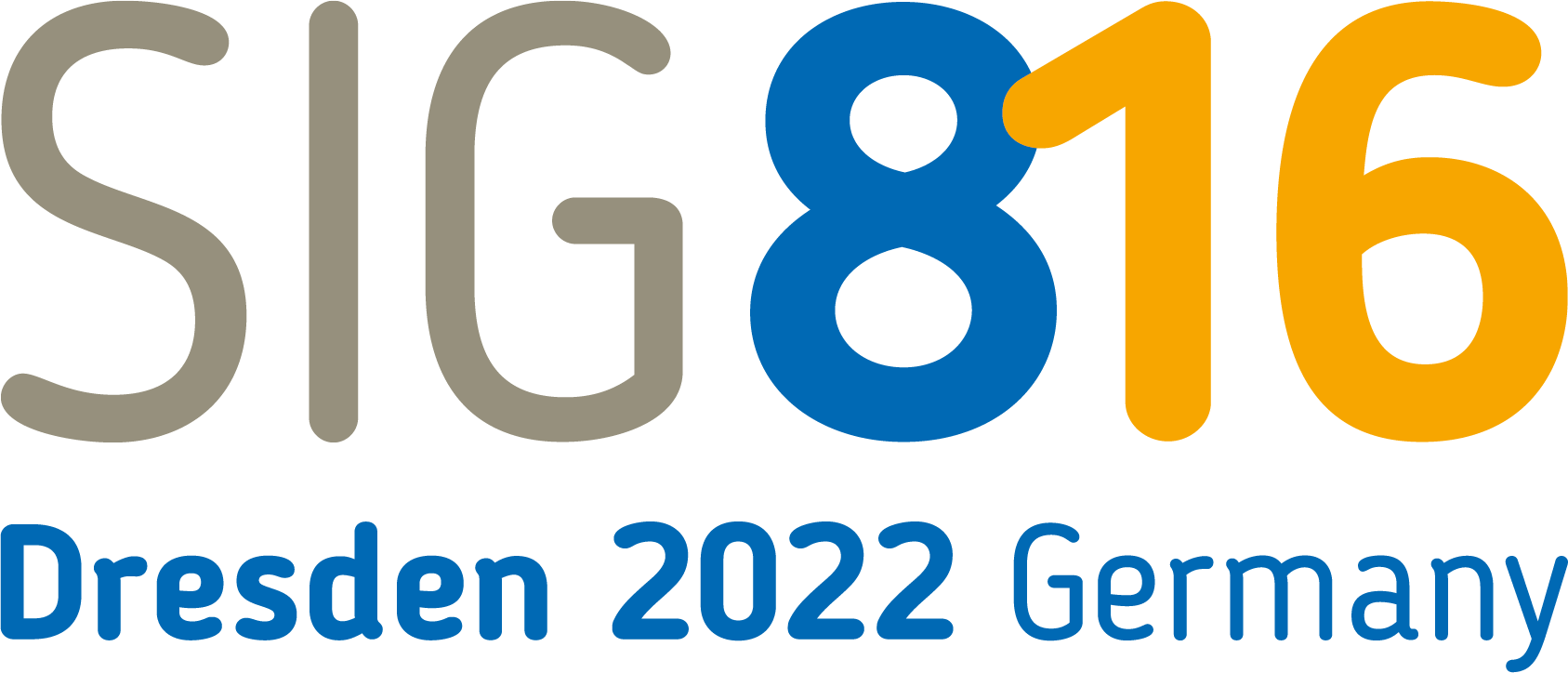Types of Contributions
Resubmissions
Authors of the many high-quality proposals accepted for presentation at „SIG8 meets SIG16“ in 2020 have the opportunity to resubmit their accepted papers for ICM 2022. In the event of a resubmission,
- Submitters confirm that the contribution has not been presented at any other conference in the meantime, and
- Contributions must be submitted as the submission type (i.e. paper, poster, symposium) in which they were accepted in 2020.
Submitters may also choose to upload their paper in its original 2020 format or in an updated version. A contribution is considered an updated version of the 2020 contribution if:
- Minor revisions taking into account the conference reviewers‘ comments have been made;
- The 2020 submission explicitly indicated that the data analyses are preliminary and will be extended, and it now includes the results of the planned data analyses;
- If data collection in the 2020 submission was described as not yet complete, and it now includes the results of further data analyses with the planned expanded sample size.
New Paper
New Poster
Interactive, open, unstructured poster sessions (i.e., no introductions) offer researchers the chance to present their work visually. They also provide manifold opportunities to engage in interaction and discussion. Posters are usually ideal for work in its early stages and for novel and promising ideas. The poster sessions will be assigned to specific time slots with no other parallel sessions.
New Symposium
Symposia provide an opportunity to present research on one topic, often from multiple perspectives, compiling a coherent set of papers for discussion. Symposia sessions are directed by a chair, involving 4 presenters and one discussant…, from at least three different countries. We recommend that each individual submission is checked in terms of quality, relevance and coherence to the topic of the symposium.
Each symposium is scheduled for 90 minutes, allowing approximately 12-15 minutes presentation time per speaker, 15 minutes for the discussant, and 15 minutes for open discussion.



